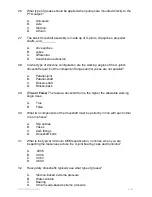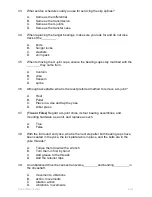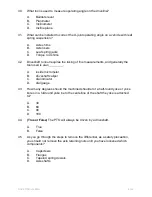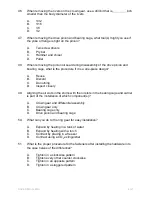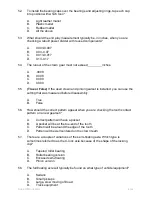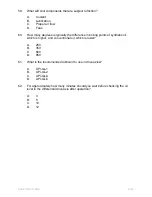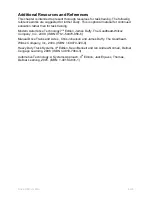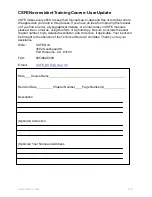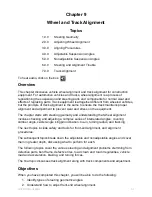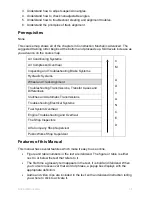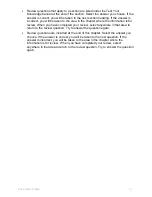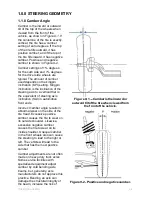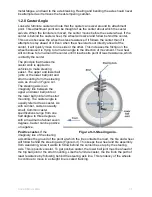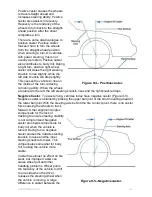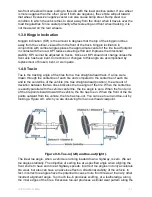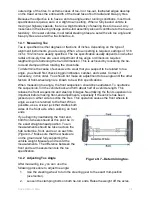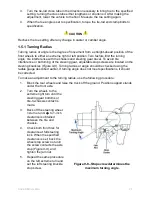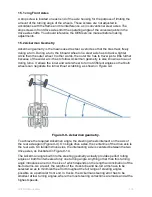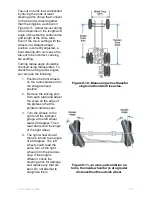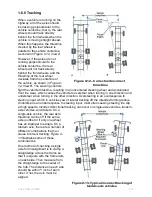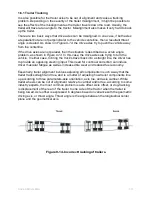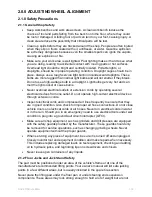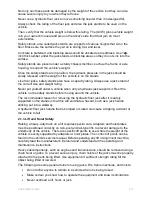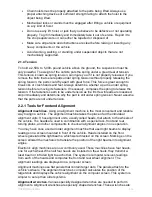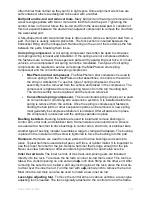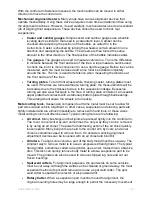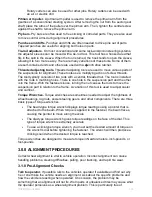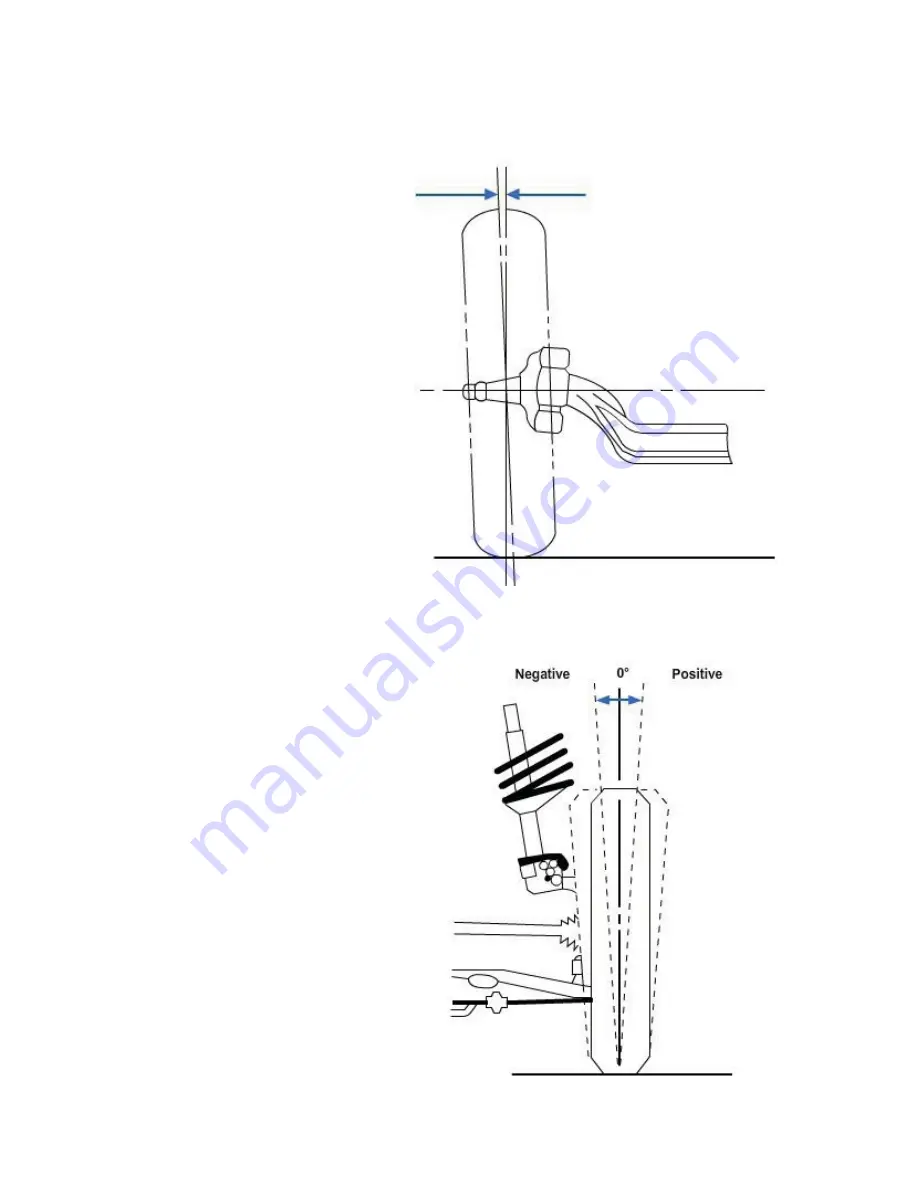
1.0.0 STEERING GEOMETRY
1.1.0 Camber Angle
Camber is the inward or outward
tilt of the top of the wheels when
viewed from the front of the
vehicle, as shown in
Figure 9-1
. If
the centerline of the tire is exactly
vertical, the tire has a camber
setting of zero degrees. If the top
of the tire tilts outward, it has
positive camber, and if the top of
the tire tilts inward, it has negative
camber. Positive and negative
camber is shown in
Figure 9-2
.
Camber settings of +% degrees
for the curb side and +% degrees
for the driver side wheels are
typical. The amount of camber
used depends on the kingpin
inclination (KPI) setting. Kingpin
inclination is the inclination of the
steering axis to a vertical that is
the equivalent of steering axis
inclination (SAI) in automotive
front ends.
Incorrect camber angle results in
abnormal wear on the side of the
tire tread. Excessive positive
camber causes the tire to wear on
its outside shoulder. Likewise,
excessive negative camber
causes the tire to wear on its
inside shoulder. Unequal camber
in the front wheels also can cause
the steering to lead to the right or
left. The vehicle will lead to the
side that has the most positive
camber.
Camber adjustments are not often
made on heavy-duty truck axles.
Some service facilities with
specialized equipment adjust
camber by cold bending axle
beams, but, generally, axle
manufacturers do not approve this
practice. Bending an axle can
Figure 9-1 -
Camber is the inward or
outward tilt of the tire when viewed from
the front of the vehicle.
damage the structural integrity of
the beam, increase the risk of
Figure 9-2 - Positive and negative camber.
NAVEDTRA 14050A
9-4




